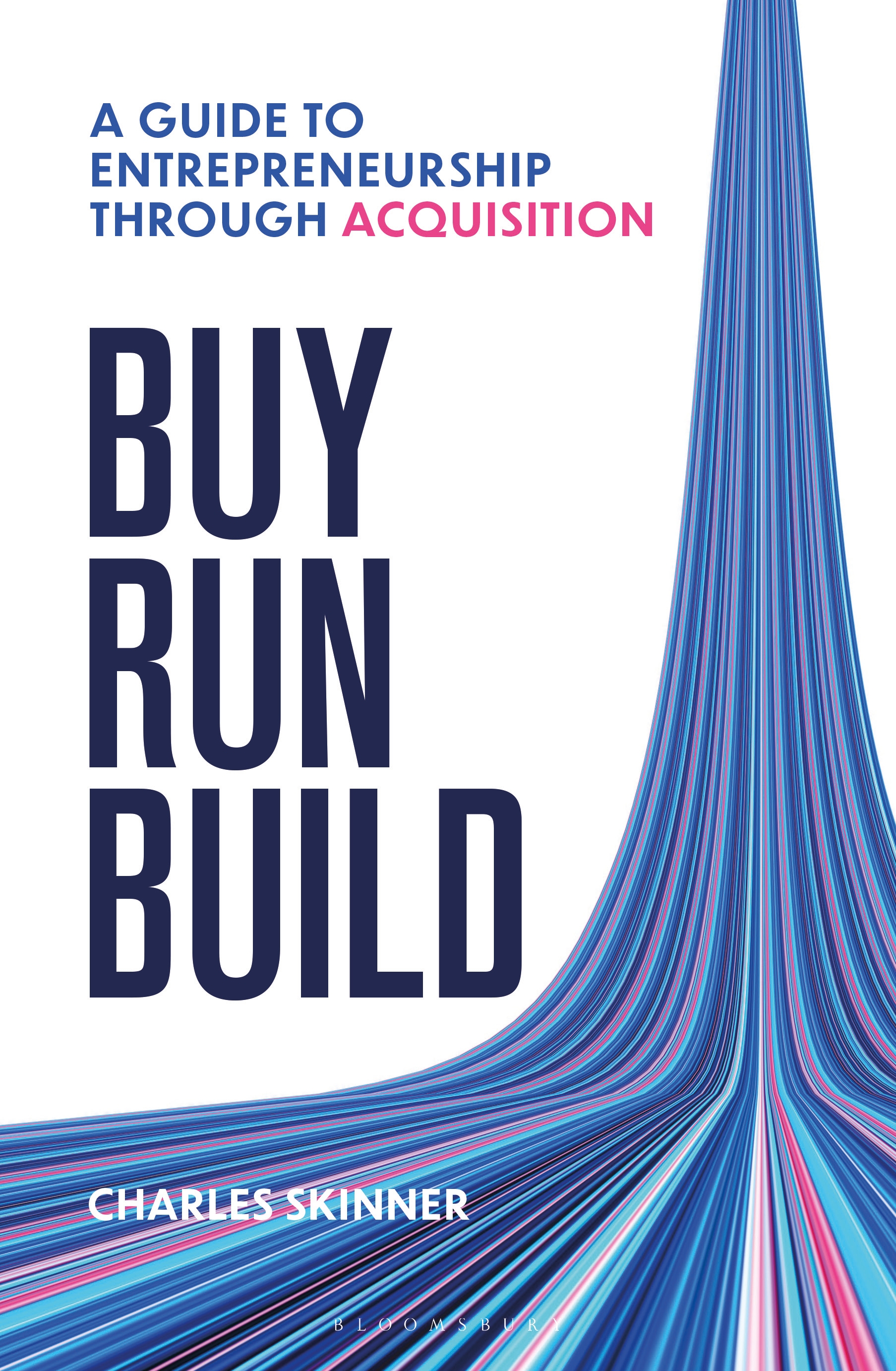Most people’s Christmas list features people they have an existing relationship with. Charles Skinner sends letters in the run-up to the festive season to potential business acquisition targets.
He knows their owners, particularly those running small companies, will be in a reflective frame of mind at that time of the year. Some may be receptive to an offer.
“You might send a hundred letters and then three people come back very quickly. But I’ve had situations where somebody rang me and said, ‘I got this letter from you four years ago’,” says the chief executive of Restore, the listed data management and records business. A serial buyer of businesses — he’s acquired more than 100 — Skinner, 65, has been keeping up his letter-writing habit, on and off, for more than 20 years.
By getting close to the seller, hearing what they need to get from any deal, he stands a better chance of being the winning bidder at the right price. “As a buyer, once you’ve identified your target, you need to hug it close, so that its owners don’t start looking around for other offers,” he writes in a book called Buy, Run, Build, which is out this week.
Skinner’s CV includes a stint in corporate finance for 3i, the private equity firm, then almost ten years as the boss of Brandon Hire, the tool hire company, which he built with John Laycock, the entrepreneur, and then sold to Wolseley for £72 million in 2006. A short, disastrous stint at Johnson Service Group followed, where he says he learnt a lot of valuable lessons, before he landed at Restore, a group of unloved businesses that needed a tidy-up before he could build on them. It is valued on the stock market at £348 million.
His book is a rallying cry to entrepreneurial managers: not company founders, rather the professional managers who can’t tolerate making the boss feel good about themselves. “[I am] a manager who has always found it difficult to work for other people. I need to be the CEO,” Skinner writes.
Founding a new business is really tough. Far better to recognise that game is not for you, he argues, especially when the decision is likely to give you a better chance of being a success in the long run. “If you can turn a £3 million company into a £100 million company, I’d argue you’re every bit as much of an entrepreneur as someone who founds and builds a £10 million company. You’re probably much wealthier, too.”

Skinner’s book is out this week
Skinner is not alone in seeing this: one of Harvard University’s popular modules in its MBA programme is called “Entrepreneurship through acquisition”. In fact, Skinner argues that the era of the entrepreneur-manager is upon us. There has “never been a better time” for such corporate creatives as the baby-boomer generation reaches retirement age and many accept that their children will not thrive in business.
“Most business owners are practical people and unless the kids are a chip off the old block, they don’t want to burden their kids and scupper their own retirement plans by handing on the business,” he observes.
Company valuations are also down: “In the past, I’d usually value a typical business at around six years’ earnings. My experience of the current market suggests three years’ earnings is now the norm. There are bargains to be had everywhere.”
Skinner’s book is warm, engaging and full of valuable tips, war stories and funny scrapes to guide potential business owners, as well as existing buyers and sellers. He believes buying and selling businesses can be done within a fairly simple framework of aligning interests, alongside some sensible due diligence to make sure you understand the market and whether the numbers or people you are dealing with are not withholding vital information.
He cites one work-uniform business he looked at buying, whose balance sheet was underpinned by a warehouse full of clothing for a supermarket that went bust ten years before. He only discovered this by visiting unannounced and opening some of the boxes himself.
Here are three of Skinner’s tips when buying businesses:
Get close to your seller
“I am only interested in what they want (as I already know what I want). So I need to understand what it is like to be in their shoes,” he writes.
“Most private vendors will tell you most of what you want to know. Frequently, this will require interpretation, which tends to come from experience: anyone who says, ‘It’s not about the money’ generally gives the game away, as that almost always means it is about the money.
“Their answers, which may well include details from their business and personal lives, will frame how a deal might be approached and its chances of success. Here’s how I would view some common responses:
● They want to retire.
Great: There’s a good chance a deal that works for both sides can be done.
● They have run the company for a while, but would be happy to be part of something bigger, especially as the market’s getting tough.
Good: They’re capable and realistic. Assuming other factors stack up, you’ll probably be able to agree a sensible price.
● They have owned this business for a few years but would like to invest more in their property interests as they get older.
OK: This is a common trajectory for entrepreneurs looking for a less stressful life, but it’s important to ascertain they have not been more involved in the business than they are letting on. And they’ll be acutely aware of value.
● They’ve had enough, they’ve put their heart and soul into it and are young enough to try something else.
Not good: they will want to maximise exit value, are probably running the business in their own way and effectively, and could easily start up again if the ‘something else’ doesn’t work out, meaning you’ll have a highly effective competitor who knows the business you’ve just bought inside out.”
What to look for in negotiations
“Some parties, particularly buyers, view it as an advantage to hold cards up their sleeve. They may do this by letting those without authority undertake negotiations so that those with authority can nix the deal or change its terms without reason at later stages.
“At a major private equity house, the deal-doers were expected to get a transaction into its near-final form before seeking investment committee approval. Yet it was far from a given that this would be granted. The deal-doers had to conceal this from the other side, who would be negotiating in good faith.
“This frequently resulted in terms being changed at the last minute on a ‘take it or leave it basis’ or occasionally deals being revoked, leaving the vendor fuming and their plans in tatters.”
Be wary of businesses that have rigid ‘big company’ cultures
“A polished-looking business may indicate the team focus on getting all the processes right, irrespective of cost. I have bought businesses from big companies where doing things in the approved way has been more important to its management than making money.
“This is often the way in large, bureaucratic organisations. But for you, it’s a mixed bag. On one hand, there is an obvious scope to make savings. But on the other hand, people won’t be culturally attuned to making these savings. And a culture of slightly pernickety perfection can be very hard to change.”
“Buy, Run, Build” is available from October 16 via Bloomsbury Business

